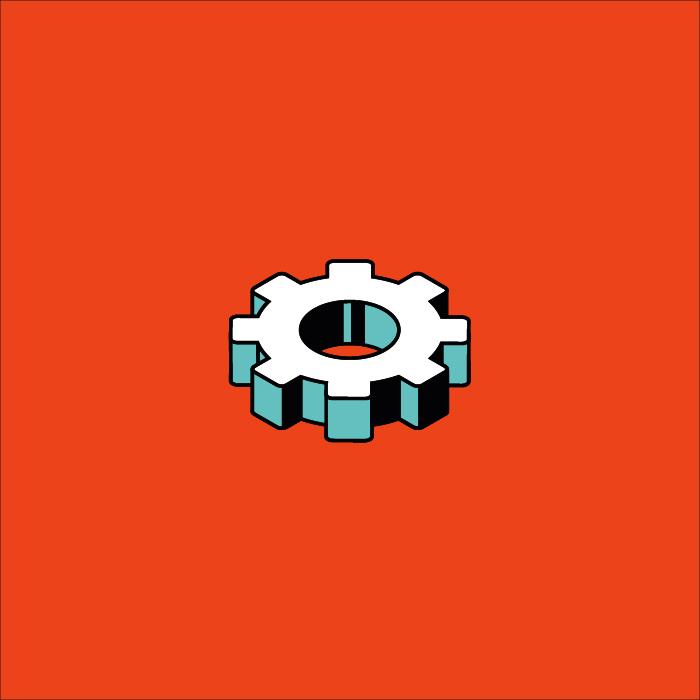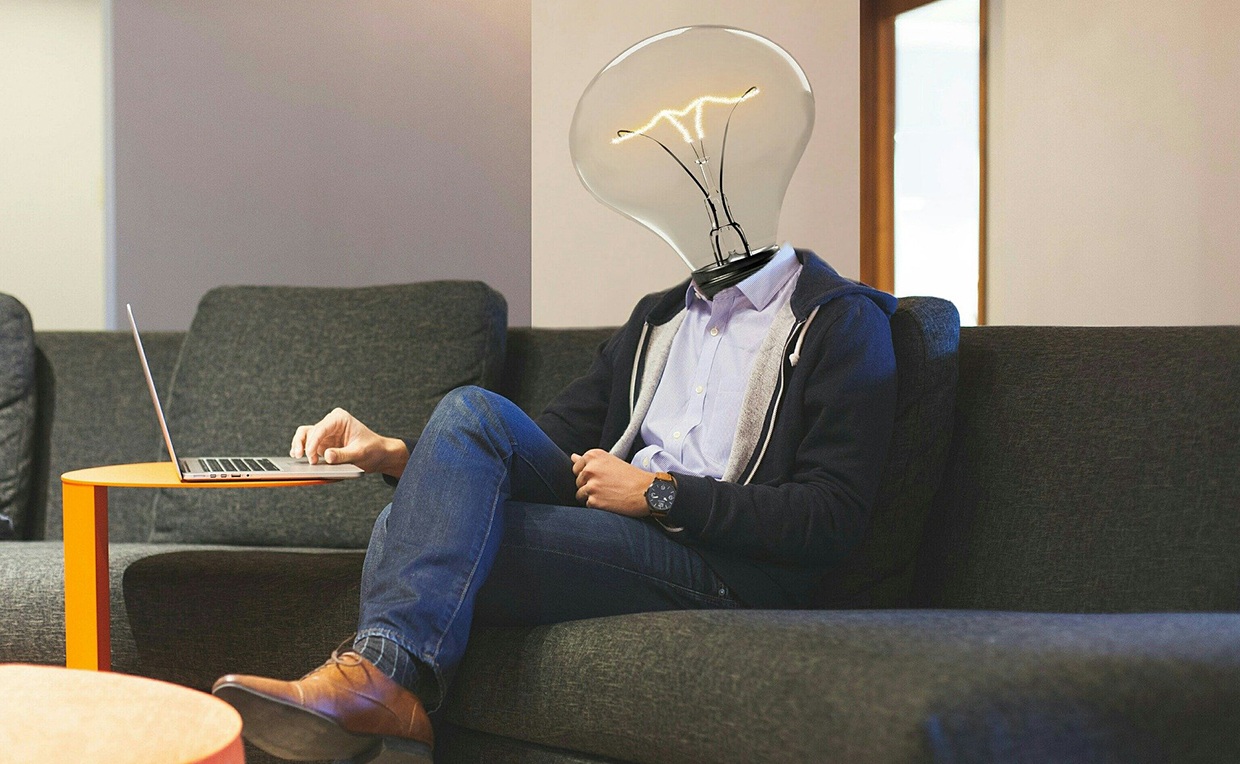What is intellectual property?
It starts with a creative result, an idea or a technical invention, in particular to solve a given task. This creates intellectual property, also known internationally as intellectual property (IP), which can be protected by industrial property rights as an industrial achievement in the form of technical and non-technical property rights or as a personal creation with the completion of a work under copyright law.
Intellectual property therefore includes rights to intangible assets such as work results, know-how, inventions, patent applications and patents, utility models, trademarks and designs or software programs. In application of the relevant laws (ArbNerfG, UrhG, BGB etc.), KIT as an employer is the owner of all intellectual property generated by its employees.

In order to protect technical inventions generated by scientific employees at KIT from unwanted imitation, they should be protected by applying for a technical property right such as a patent or utility model. Protected intellectual property represents an asset for KIT; for example, rights of use can be licensed out for a fee.

If you have general questions about technical property rights (patents, utility models) or non-technical property rights (software programs, trademarks) or about the general handling of intellectual property at KIT, please contact the Head of Industrial Property Protection.
If you have a specific need, e.g. an invention, the patent officers of the respective patent units will be happy to advise you.

Know-how is knowledge that is not protected as such or cannot be protected, but is nevertheless essential in the relevant environment. It must also be secret (i.e. unpublished) and identifiable (i.e. documented). In this case, protection against imitation lies solely in the secrecy.
Our fact sheet on know-how gives you an overview of this special case of exploitation.
Deepen your patent knowledge
The relevant patent offices not only offer the opportunity to carry out patent searches, but also provide in-depth information on the respective official patent process and the official fees, for example for applications and maintenance (renewal fees) of patents and utility models.
- German Patent and Trade Mark Office (DPMA)
- German Patent Act (PatG)
- European Patent Office (EPO)
- World Intellectual Property Organization (WIPO)


Practical tip: IP checkup
Would you like to find out whether your development has already been patented in a similar form? An initial IP check-up can help you to clarify this. Use publicly accessible patent databases for an initial simple search to find out whether something identical or similar has already been protected. Use publicly accessible patent databases such as DEPATISnet or Espacenet, which are provided by the patent offices, for an initial technical search.
- Enter relevant keywords or key terms to find similar patents.
- Compare your development with the existing patents with a view to identifying clear differences.
- By comparing the differences, e.g. the technical features with which a technical problem is solved, you can further characterize and evaluate the intellectual property. For the comparison, it is important that you can sufficiently characterize your intellectual property in terms of its characteristics and features.
- If you cannot find any similar patents, then a patent application seems promising. Contact our patent team for the next steps.

